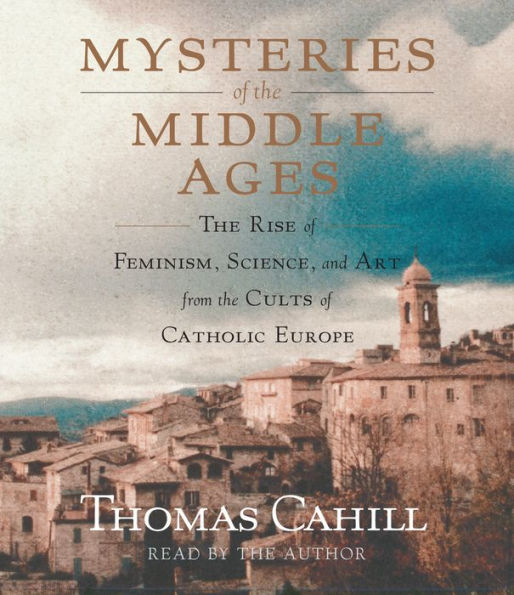John Lee’s warm voice and nuanced pace beautifully serve this latest offering in Thomas Cahill’s bestselling Hinges of History series. In it, he examines the Middle Ages for origins of modern Western philosophies. Cahill begins his exploration of the roots of philosophy and science deep in the Hellenic and Roman periods and then jumps forward to early medieval times. His lively writing maintains the reader’s interest, and Lee’s clear, appreciative reading keeps listeners from getting lost amid the crowds of characters and the passing millennia. One may or may not agree with all of Cahill’s conclusions, but his window on the past is thought-provoking and, in this production, eminently listenable. A.C.S. © AudioFile 2007, Portland, Maine
5
1

Mysteries of the Middle Ages: The Rise of Feminism, Science, and Art from the Cults of Catholic Europe

Mysteries of the Middle Ages: The Rise of Feminism, Science, and Art from the Cults of Catholic Europe
FREE
with a B&N Audiobooks Subscription
Or Pay
$15.00
15.0
In Stock

Editorial Reviews
Product Details
| BN ID: | 2940169435849 |
|---|---|
| Publisher: | Penguin Random House |
| Publication date: | 10/24/2006 |
| Series: | Hinges of History Series , #5 |
| Edition description: | Abridged |
Videos

From the B&N Reads Blog
